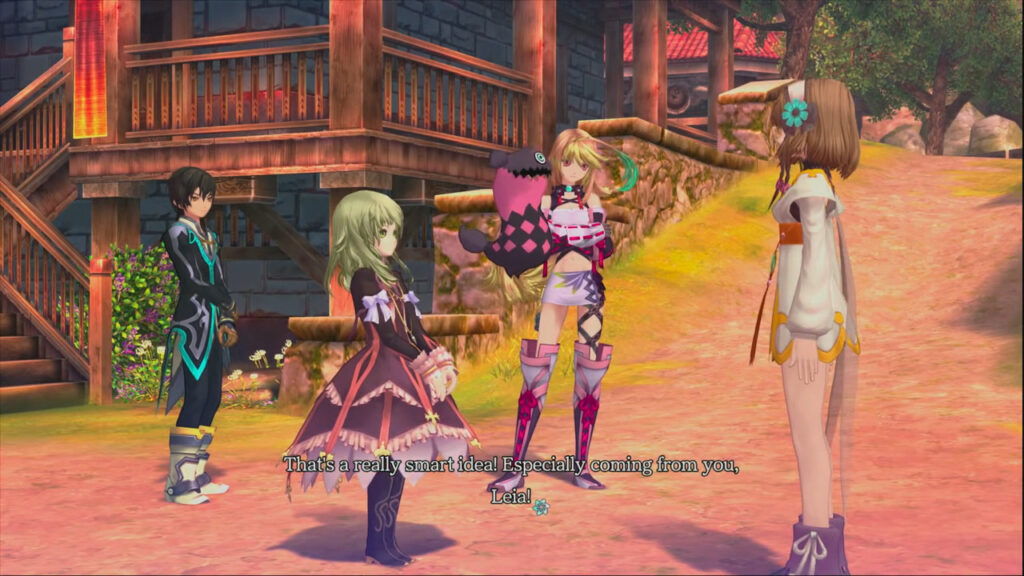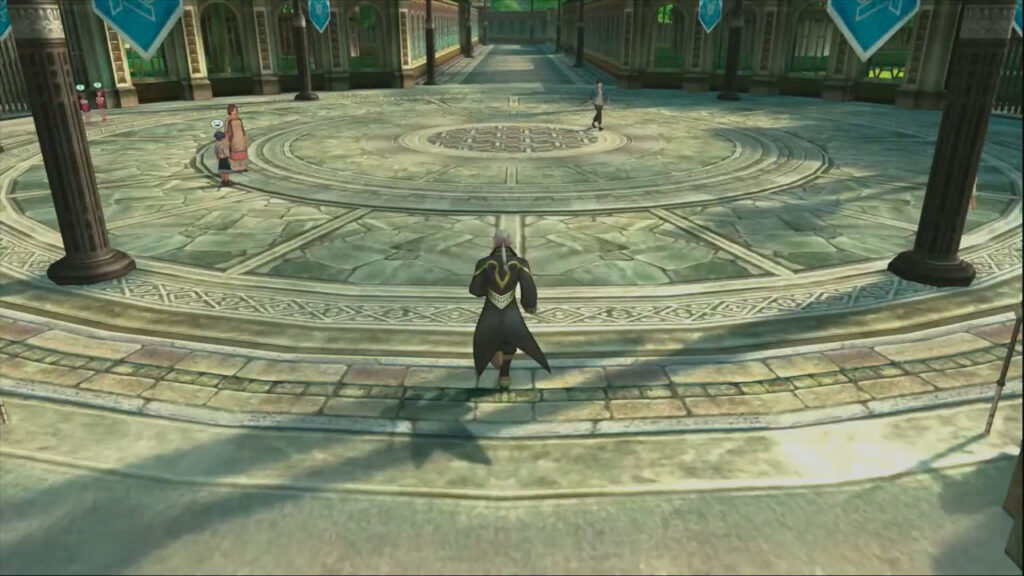
Developer: TOSE CO., LTD.
Publisher: Bandai Namco Entertainment
Platform: PC, PS5, Switch, Xbox Series X|S
Tested on: PC
Tales of Xillia Remastered – Review
Between two Dragon Quest games and the Atelier Ryza DX trilogy, we’ve been on a bit of a JRPG remaster binge lately. However, there is still one major fall release that we couldn’t omit from our review lineup: Tales of Xillia Remastered. This is actually the second Tales remaster that we’ve gotten this year, and while our own hands-on experience with this venerable series is very limited, our fellow reviewer loved that previous entry. The release of Tales of Xillia Remastered seemed like the perfect opportunity to get a taste of the series.
Story
Set in Rieze Maxia, a world where humans and spirits coexist by sharing mana, the life force that sustains everything, Tales of Xillia follows Jude Mathis, a kindhearted medical student, and Milla Maxwell, the self-proclaimed Lord of Spirits and protector of the world’s mana balance. Their paths cross when Jude’s investigation into his missing professor leads him to a military laboratory in the kingdom of Rashugal. There, Milla tries to destroy a weapon called the Lance of Kresnik, which drains mana and spirits to create destructive energy. The attempt fails, robbing her of her four great spirit companions and leaving her temporarily human. Together, Jude and Milla become fugitives hunted by Rashugal’s army and set out to destroy the Lance, uncovering the truth behind their world’s imbalance and the political conflict between Rashugal and its rival nation, Auj Oule. The story is told through the eyes of the protagonist you choose to play as -Jude or Milla- with small differences depending on that choice.
Graphics
The anime-inspired aesthetics and character designs carry Tales of Xillia visually, and the game has received the necessary bumps in resolution and frame rate that you’d expect from a modern-day remaster. That said, the word “remaster” does a lot of heavy lifting here: this isn’t a full-blown graphical overhaul, and the game’s PS3 foundations show through the cracks of the improved visuals. Environments in particular lack detail, with bland dungeons and empty fields. Performance isn’t quite up to snuff either: while the PC version targets up to 120 FPS, we did notice slowdown during intense battle sequences. Granted, this is likely the best that Tales of Xillia has ever looked, and short of a complete remake instead of a remaster, this is how far the game’s aging visual complexity could be pushed.
Sound
While the visuals received some enhancements, the same cannot be said for the game’s audio. This is especially clear when it comes to voice acting: although the performances are solid, the audio quality isn’t up to snuff. We’re going to blame that on the fact that the voice work was recorded back around 2011-2013, depending on which language you’re listening to. The English audio also doesn’t line up with the mouth movements of the cast -this wasn’t an issue when we switched to Japanese. The devil is clearly in the details here. Tales of Xillia’s OST stood the test of time better, offering a blend of orchestral, rock, and ambient JRPG tones. The battle music in particular stands out, with dynamic themes that match the energy of the game’s combat.
Gameplay
When it comes to video game remasters, the audience tends to be split into two distinct groups: those who played the originals and newcomers. The first group is typically intimately familiar with the original, and they return to relive their fond memories, albeit with a shiny new coat of paint. The latter group on the other hand usually wants to find out what they’ve been missing out on, but don’t have nostalgia goggles and expect a game to live up to modern standards. For developers, walking the tightrope between remaining faithful to the original and not alienating newcomers is a difficult exercise. We’re firmly in the newcomer camp here, so we can’t outright compare the remaster to the original in terms of gameplay, but we can tell you that it easily makes up for the aforementioned audiovisual shortcomings.
At its heart, Tales of Xillia is an action-based JRPG built around exploration, party management, and its signature real-time combat system, the “Dual Raid Linear Motion Battle System”. That’s a mouthful, but then again, this system is the game’s standout feature. Battles are fought in real-time, with you taking direct control of one of your party members. Attacks and special moves, or Artes, are executed in real time using directional inputs and button combos, adding a touch of fighting game mechanics. By linking your controlled character to another party member, you can flank enemies, support each other, and use Linked Artes. Each character pairing produces unique results, providing plenty of opportunity for experimenting. When your Overlimit gauge fills, you can chain multiple Linked Artes in a row for explosive combo sequences. However, you can’t just button mash your way through either, as the game’s Assault counter limits how many consecutive actions you can perform. The key to success lies in juggling Artes, Linked skills, and Assault, making for a satisfying experience that rewards tactical play and precise timing.
The combat system is clearly the shining star here. Elsewhere, Tales of Xillia’s gameplay doesn’t stand out all that much in the vast ocean of JRPGs, but part of that can be chalked up to the game’s age. The more straightforward gameplay elements, like the grid-based skill unlock system and linear dungeons, never falter but remain solid throughout, and that alone is worthy of praise in and of itself. Of course, being a remaster, there have been QoL enhancements, but none of these shake things up dramatically, instead adding small, logical touches that bring Tales of Xillia into the modern age. Being able to sprint toggle or autosave anywhere, combined with fast load times, speed up the overall experience, and the in-game map showing objective markers and side quests also prevent mindlessly running around. It’s meaningful changes like this that help streamline the game. Our playthrough took us around 40 hours, although with a New Game+ and the possibility to revisit Rieze Maxia through Milla’s eyes, there is no doubt that we can get a lot more mileage out of the game. Add in a mid-range RRP of €39.99, and picking up Tales of Xillia Remastered should be a no-brainer for any JRPG fan worth their salt.
Conclusion
We may not have played the original Tales of Xillia, but even without that hands-on experience, Tales of Xillia Remastered feels faithful to a PS3 game from 2011 -in the best ways possible. The game’s audiovisual enhancements don’t entirely stick the landing, but thankfully, Tales of Xillia has a strong foundation that stood the test of time reasonably well. The real reason to get stuck in, however, is the gameplay, with the ridiculously named Dual Raid Linear Motion Battle System being the defining feature. That system alone elevates Tales of Xillia Remastered from a solid but otherwise unremarkable JRPG to a title that actually stands out in a very crowded fall lineup.









No Comments